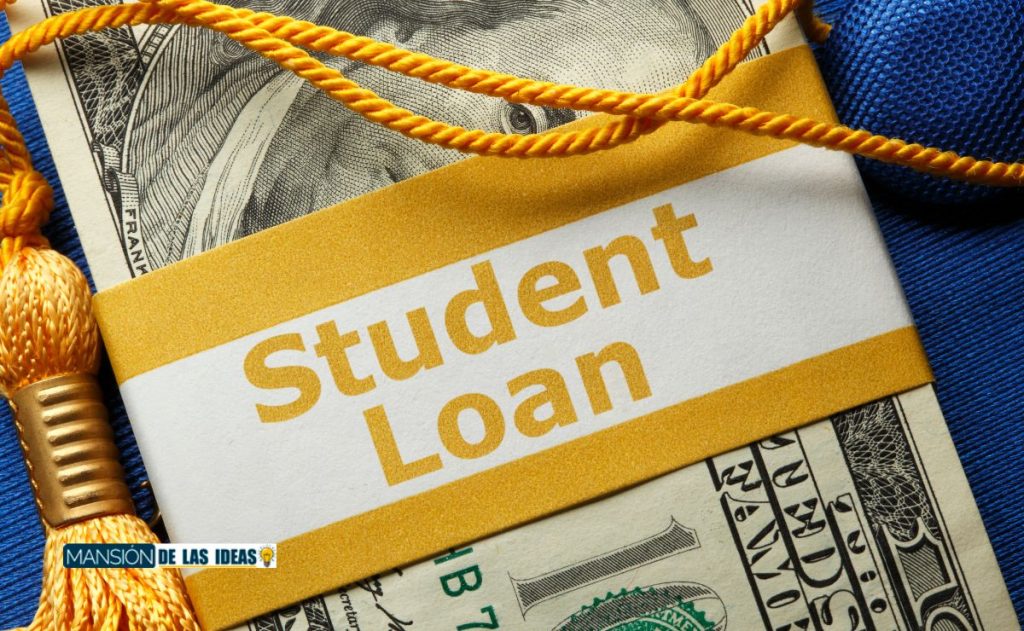For more than three years, the interest on student loans was on pause, but now they have been restarted, and the next payments will already come with this additional charge. In June, the US Supreme Court invalidated President Joe Biden’s initial proposal for student loan forgiveness. However, President Biden has since introduced a well-rounded alternative plan to address this issue and save the students money.
This new strategy includes a new payment program based on the student’s income, and has been called Saving on a Valuable Education (SAVE) plan. Designed to assist student borrowers with Direct Loans in good standing, it is poised to replace the existing Revised Pay-As-You-Earn (REPAYE) plan. Know if you qualify for this new plan, and save that important money.
How These Changes Will Affect Students’ Loans
One of the changes is the expansion of income protection. Under the SAVE plan, the percentage of income protected from payments will rise from 150% to 225% of the Federal poverty guidelines (FPL). This means that a single borrower earning less than $32,805 annually (or $67,500 for a family of four) will be exempt from making payments.
Over a million low-income borrowers will now qualify for a $0 payment, with 400,000 already enrolled in the REPAYE plan benefiting automatically. This enhanced protection allows borrowers to focus on essentials like food and rent, alleviating the burden of loan payments. For those not eligible for a $0 payment, the savings are substantial, with a single borrower saving $91 per month (equivalent to $1,080 per year), and a family of four saving $187 monthly (or $2,244 annually).
Borrowers currently enrolled in REPAYE will experience a seamless transition to the SAVE plan, with their payments adjusting automatically. During this transitional phase, borrowers may encounter the interchangeability of the terms REPAYE and SAVE.
Enrolling in the SAVE/REPAYE plan is already a possibility through studentaid.gov, and as per the law, full regulations will take effect on July 1, 2024. However, before that date arrives, the Department is implementing three critical benefits, just in time for the end of the student loan payment pause.
When the SAVE program goes effective, the Department will cease charging monthly interest not covered by the borrower’s payment. This change ensures that borrowers who meet their obligations will no longer see their loans grow due to unpaid interest. Approximately 70% of borrowers who were on IDR plans before the payment pause are set to benefit significantly from this modification, reducing their long-term financial burden.
Married Borrowers’ Simplification and Additional Benefits on the Horizon
For married borrowers who file their taxes separately, the SAVE plan brings welcome relief by excluding their spouse’s income from the payment calculation. Moreover, when determining IDR payments, these borrowers will no longer include their spouse in the family size calculation, streamlining the choice of repayment plans for them.
Payments on undergraduate loans will be halved, dropping from 10% to 5% of incomes above 225% of the FPL. Borrowers with both undergraduate and graduate loans will make payments based on a weighted average, ranging from 5% to 10% of their income, depending on their original loan balances.
For example, a single undergraduate borrower earning $50,000 annually will see their payments decrease by an additional $72 each month, bringing their total monthly reduction on the SAVE plan to a formidable $163.
Forgiveness Acceleration for Student Debt
Borrowers with original principal balances of $12,000 or less will receive loan forgiveness after 120 payments, equivalent to 10 years in repayment. An additional 12 payments will be added for each additional $1,000 borrowed beyond this threshold, up to a maximum of 20 or 25 years.
This change makes IDR a more attractive option for borrowers, particularly those with low balances and those who left college before completing their programs. Unlike current IDR plans, which require all borrowers to repay their loans for at least 20 or 25 years before forgiveness, the SAVE plan offers a more accessible path to financial freedom.
